Pressure vessels, also known as ASME tanks, are a type of industrial equipment used for storing vapors, gases, or fluids. They always store these at pressure levels above 15 pounds per square inch (psi), which is above atmospheric pressure. Pressure vessels have uses in mining, refineries, and military equipment such as submarines. They are used for storing a number of gases like chlorine, petroleum, and ammonia. Read More…
If you are looking for innovative pressure vessels, you’ve come to the right place! We actively manage your project every step of the way. We keep you informed of what we are doing to ensure we keep up to your standards and delivery times.
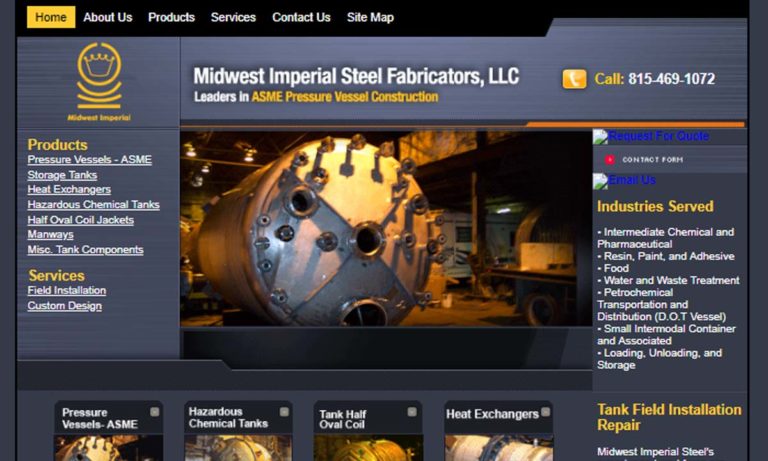
Gladwin Tank Manufacturing builds custom ASME pressure vessels. We work with stainless, carbon, duplex and the nickel alloys and offer custom rolling, plasma, and water jet cutting. Paired with our expertise in multiple welding procedures, we’re capable of handling every project, large and small. Contact us for your custom build requirements. We are more than just pressure vessels, we...
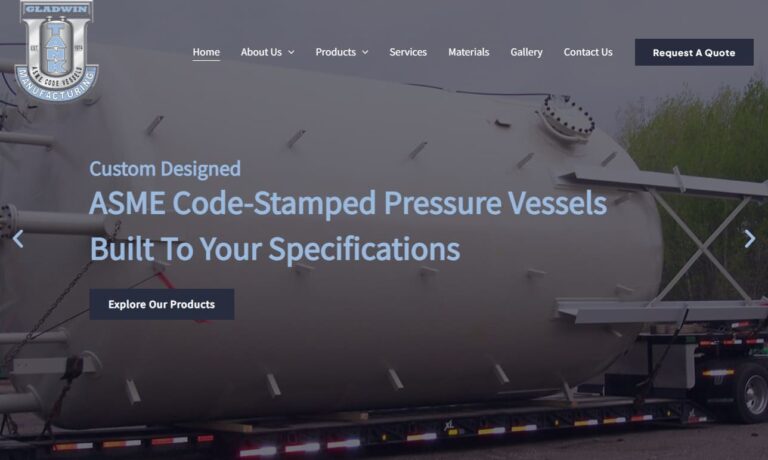
Rexarc’s focus is on the fabrication of custom stainless and carbon steel pressure vessels. We welcome applications with pressures between 500 and 5,000 psi. After nearly 100-years of being in business, Rexarc has the knowledge, attitude, equipment, and processes to support your needs in vessel production and value add services of piping, instrumentation, paint, and other controls...
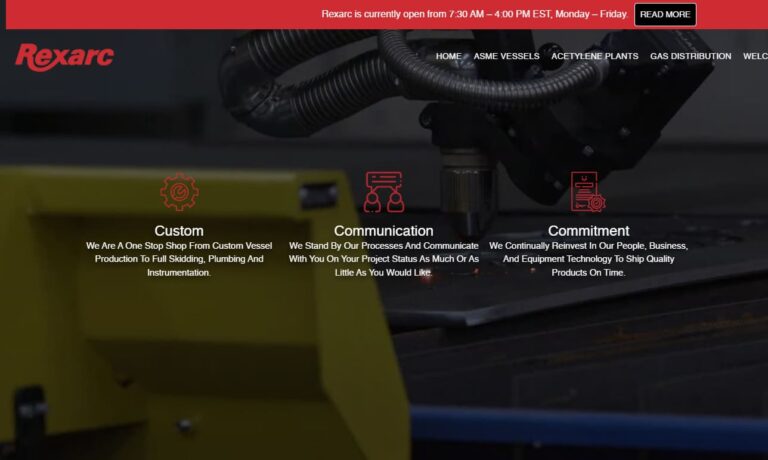
Midwest Tank Company has provided quality tanks to small and large corporations and contractors since 1972. Our reputation is built on exceptional services and customer satisfaction! Our fabrication techniques have been developed through years of tank specialization, combined with personnel who are experienced in all phases of our operation.
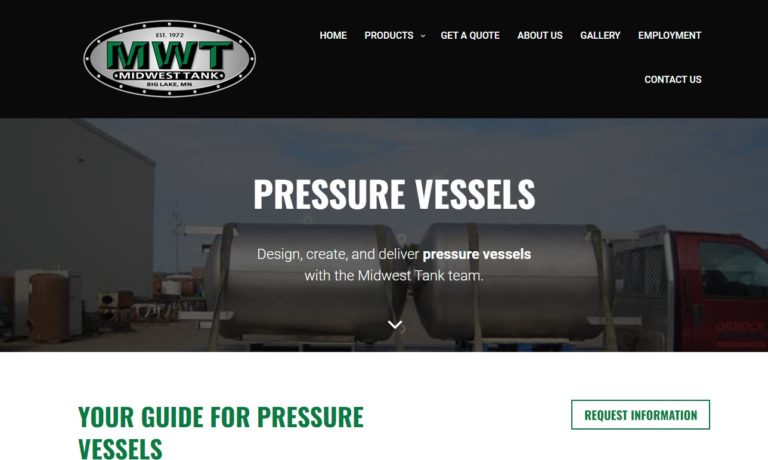
For the most challenging requests, experience and state-of-the-art machinery allow Pressure-Tech to design and manufacture top-of-the-line pressure vessels. By holding "U", "H" & "R" code stamps and employing FCAW, GMAW & SAW welding procedures for carbon & stainless steel vessels, we can provide you with custom pressure vessels fabricated to meet ASME specs, as well as non-code pressure vessels.
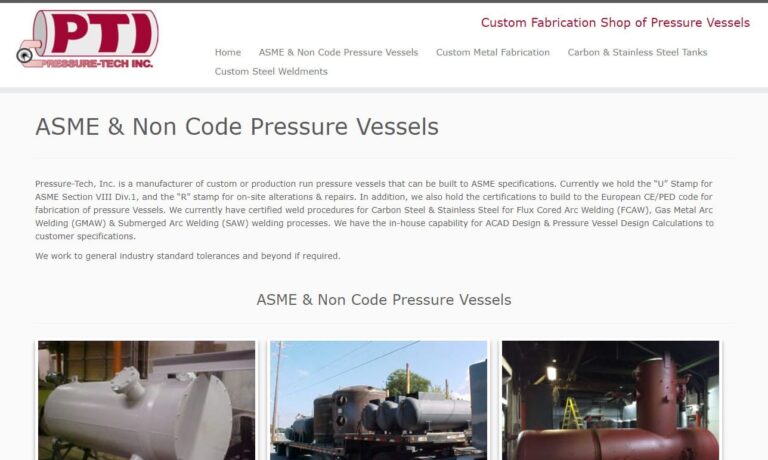
More Pressure Vessel Manufacturers
Pressure Vessel Applications
Pressure vessels, also known as air pressure tanks or compressed air tanks, are used in a wide range of applications across various industries due to their ability to store and contain fluids or gases at high pressures. These tanks are designed to withstand the internal pressure and ensure the safety of the surrounding environment and personnel. One of the most common applications of air pressure tanks is in the industrial sector, where they play a crucial role in powering pneumatic tools and equipment. Compressed air is used to operate machinery, such as pneumatic drills, grinders, and paint sprayers, making industrial processes more efficient and versatile.
Another significant application of pressure vessels is in the transportation of compressed gases. For instance, in the automotive industry, air pressure tanks are utilized in vehicles powered by compressed natural gas (CNG) or hydrogen fuel cells. These tanks store the gases at high pressures, enabling vehicles to travel longer distances with reduced emissions, contributing to a more sustainable transportation system.
In the oil and gas industry, pressure vessels are employed to store and transport various gases and liquids under high pressure. They are used in oil refineries, petrochemical plants, and natural gas processing facilities for processes like gas storage, separation, and purification.
Additionally, pressure vessels are crucial components in the aerospace and aviation sectors. They are used in aircraft and spacecraft for systems such as hydraulic systems, cabin pressurization, and the storage of gases required for propulsion.
Medical applications also benefit from pressure vessels. In hospitals and healthcare facilities, air pressure tanks are employed for the storage of medical gases like oxygen and nitrogen, ensuring a reliable and continuous supply for patients in need of respiratory support or other medical treatments.
Furthermore, air pressure tanks have applications in the food and beverage industry, where they assist in carbonation processes for soft drinks and beers. They are also used in various food processing and packaging applications where pressure-sensitive tasks are required.
In conclusion, air pressure tanks and air pressure vessels are indeed used interchangeably in various applications across different industries. They play a critical role in powering pneumatic tools, enabling sustainable transportation, supporting industrial processes, facilitating medical treatments, and contributing to the safety and efficiency of many systems in modern society.
History of Pressure Vessels
In 1495, Leonardo da Vinci came with the idea and designed air pressured containers for lifting purposes. However, the present-day application of pressure vessels was not devised until the advent of steam engines. In steam engines, pressure vessels were used as boilers, where steam was produced and contained for powering the cylinder.
At that time, in all external combustion engines, pressure vessels were major equipment. In the 16th century, they were even used for hauling up heavy weights underwater. However, pressure vessels were also the most unreliable part of external combustion engines, as the technology for manufacturing pressure vessels was in the formative stage. Moreover, the quality of materials used for making vessels was poor. The failure of pressure vessels was usually catastrophic, causing damage to the machines and killing operators. They were the source of explosions in an array of industries on a daily basis.
The first effort to modernize pressure vessels and improve their safety emerged in the United States. In 1911, American Society of Mechanical Engineers (ASME), which was established in 1880, came up with the idea of standardizing codes and inspection methods for making pressure vessels. From this, they came up with the Boiler and Pressure Vessel Code (BPVC). In 1914, they printed the first rules and code standards for boiler and pressure vessel construction.
In 1919, answering the call for pressure vessels that could withstand 10,000 psi, manufacturers put out a new pressure vessel design on the market. To help the tanks endure such high pressure, manufacturers spirally wound steel wires around the tank, and added steel rods for additional reinforcement. With this design, there was no rupture of the pressure vessels even under stressful conditions.
At the same time, welding replaced rivets, as industries, such as chemical plants and petroleum refineries, needed pressure steel vessels that could endure high temperatures too. BPVC recognized how welding could make pressure vessels stronger and thus safer, so welding was included in the fabrication code. It was the beginning of the modern manufacturing technique, as nearly all of them use welding for joining metal plates in vessels.
Over time, to make boilers and pressure vessels safer, engineers have designed different testing techniques and methods. For example, today, it is mandatory that all pressure vessels go through inspection after fabrication and before being sold. Traditional tests are mainly destructive; however, the modern tests are non-destructive. These new inspections include radiography and phased array ultrasonic. Moreover, to make sure pressure vessels are safer and up to code, manufacturers have crafted new assessment and inspection methods. These have been a major player in promoting and achieving safety standards. Modern assessing and inspection methods, such as finite element analysis, can identify stress points. Manufacturers also use stronger materials, including better stainless steel and steel, than they did early on. If they so choose, they strengthen those steels and stainless steels.
The future of boiler and pressure vessel design is quite bright. As engineers continue to develop new ways to handle stress and pressure, the vessels will continue to become more stable. Likewise, it’s likely that they will continue to come up with stronger and more durable materials. With these improvements, engineers will be able to push for higher standards and more stringent codes, thus pushing us forward.
How Pressure Vessels Work
Pressure vessels work by safely containing fluids or gases at high pressures. They are designed to handle the internal pressure exerted by the stored substance without rupturing or leaking, ensuring the safety of the surrounding environment and people. The basic principle behind their functioning is the balanced distribution of forces throughout the vessel’s structure. Pressure vessels are typically constructed with strong materials such as steel or composite materials capable of withstanding the internal pressure.
When the vessel is pressurized, the pressure force tries to expand the container outward, while the structural material’s strength and design resist this force, keeping the vessel intact. Pressure vessels can have various shapes, including cylindrical, spherical, or more complex geometries, depending on the specific application and requirements.
In addition to strength considerations, pressure vessels are equipped with safety features such as pressure relief valves, rupture discs, and safety interlocks. These components are designed to prevent over-pressurization and offer fail-safe mechanisms in case the pressure exceeds the vessel’s maximum allowable limit.
Materials Used in Pressure Vessels
The reliability of pressure vessels depends on the materials used. Six different types of materials are used in manufacturing pressure vessels. These are:
Titanium Metal
- It has the capability to retain its structure
- Highly resistant to corrosion
- Low maintenance is needed
- It has a good tensile strength
- The melting point of this material is higher than that of steel and aluminum
- Highly compatible
- It is non-toxic in nature
Nickel Alloys
- Nickel alloys give the best corrosion resistance
- Protects from a thermal explosion
- Nickel alloys are best to use in harsh environments
- This material is reliable and can last long
- Nickel alloys offer the best oxidation and carburization resistance
Stainless Steel
- Pressure vessels are required to be robust and steady. Stainless steel is the best option for that purpose.
- Stainless steel is extremely resistant to chemicals.
- Stainless steel shows good corrosion resistance.
- Stainless steel 304L has excellent weldability.
- This material has the capacity to withstand all humid conditions, sunlight exposure, or even high temperatures.
Aluminum Material
- Aluminum can maintain high tensile strength.
- This material is a lot easier and more cost-effective for machines than a stainless steel one.
- Aluminum is also a good material as it has a large coefficient of expansion compared to other metals.
Carbon Steel
- Carbon steel has a high capacity to retain its strength.
- The tensile strength of carbon steel is exceptional.
- Carbon steel can be recycled easily.
- It has the capacity to resist vibrations and shocks.
Hastelloy Material
- Hastelloy is a well-suited material to use in gas, oil, petrochemical, and chemical applications.
- Good corrosion resistance
- This alloy is long-lasting and can work for several years.
- It is crack resistant.
- It is available in many types, such as C276, S, C, B2, and many more.
Types of Pressure Vessels
Process tanks are designed to simply hold and store liquids.
Autoclaves, such as grease kettles, use a combination of pressure and steam to create substance-producing chemical reactions. Their goal is to deliver both pressure and elevated temperatures to processes that need them. Examples include: medical sterilization, rubber vulcanization and curing and synthetic crystal growth.
High pressure vessels are the strongest type available, use the highest psi and offer the best corrosion, temperature and pressure resistance. They usually operate at pressure levels between 10,000 psi and 150,000 psi. Typically, high pressure vessels are made of stainless steel. Common high-pressure vessel roles include: high speed mixers, chemical reactors and supercritical extraction systems.
Expansion tanks are found in every residential closed water heater. There, they absorb excess water pressure so that the heated water has room to expand. By relieving pressure, expansion tanks also make pipe damage less likely.
Heat exchangers transfer heat for applications in: HVAC, chemical, power, petrochemicals and petroleum, sewage treatment and space heating. Usually, this heat transfer takes place between one solid object and one fluid, or between two or more individual liquids. A great example of a heat exchanger is the heat sink. This passive heat exchanger transfers heat from a mechanical or an electronic object, like a PC motherboard circuit, to a fluid medium, like liquid coolant or air. In the fluid medium, the heat dissipates and the circuit stays cool. Storage vessels are designed to store contents under pressure in such a way that you can readily access them when they’re needed. Examples of storage vessels include: propane tanks, gas tanks, hot water tanks and air tanks.
Water pressure tanks are found in wells. They are designed to help deliver water from the well through and out the faucet. When a resident turns on the faucet, the air pressure stored in the water tank gets the message to force the water through. The air pushes the water until its pressure drops to a predetermined point, usually around 40 to 60 psi. Once it hits this point, the water pump gets the message to turn on, and it pulls water into the house. When the resident turns the faucet off, the pressure builds back up to its default level.
Vacuum tanks provide important, mostly short term, support to sewage applications.
ASME pressure vessels, also known as ASME boilers, are any pressure vessel with an ASME stamp. The ASME stamp indicates the vessel has undergone inspection and meets stringent ASME VIII code standards. In addition, the ASME stamps offer end-users information about the ASME boiler and its manufacturer.
Thin-walled pressure vessels are pressure vessels designed with a wall thickness, or shell thickness, no more than 10% (by ratio) the diameter thickness. Thin wall pressure vessels are available as spherical pressure vessels and cylindrical pressure vessels. Mainly, they are used to store and transport liquids and gases. They may also serve as components of rockets and hypersonic drag balloon skins.
Boilers are closed pressure vessels used to heat fluids, mostly water. These heated fluids are used for cooking, power generation, central heating, water heating and sanitation. In the US, “boiler” is synonymous with “furnace.”
Pressure Vessel Equipment Components
Pressure vessels generally consist of: the main container, safety valve fittings and pressure vessel closures. The main container may be any shape. However, it’s usually a cylinder, sphere or cone. These simple shapes work better and are easier to analyze than more complex ones.
Possible additional components include: agitation systems or propellers for mixing, detachable lids, removable lids, heating and cooling systems, ladders, observation sight glass and stairs.
Design and Customization
Production Process
Metal used in any pressure vessel manufacturing process is usually first cold rolled, rather than hot rolled. Also, to increase tensile strength and temperature resistance, metalworkers frequently temper, quench or galvanize them.
Once the metals are ready, pressure vessels are usually manufactured using one of three processes: forging, brazing and welding. All three processes utilize heat to join metal pieces together, but they all use it differently.
Forging forms metal parts through the application of heat and pressure.
Brazing refers to the process of joining two metals by filling the space between them with a non-ferrous metal.
Welding is a process in which two similar pieces of metal are heated until their edges melt together and they fuse.
Materials
Manufacturers design tanks from a variety of durable metals or high-strength plastics that can maintain their shape and properties under pressure. Examples include: stainless steel, zirconium, carbon steel, titanium, niobium, nickel alloy(s) and fiberglass.
Considerations and Customization
During design and before fabrication, engineers must determine sensitive design components like: pressure level, temperature, material components, size and shape. They can make custom pressure vessels with any one of these components personalized. In addition to regular safety info, manufacturer info and certification stamps, they can also inscribe special information on your tank, such as ownership details.
Pressure Vessels within the Oil Refinery and Chemical Industry
Pressure vessels are purpose-built, reinforced enclosures that are fabricated for the containment of internal or external pressures. In the oil refinery and chemical industry, pressure vessels are used extensively either to hold liquids and vapors/gases or in process plants for boilers, heat exchangers, and reaction vessels. Intrinsically, pressure vessels in the oil and chemical industry are exposed to harsh operating conditions either by the virtue of the fluid they are handling or the atmosphere they are installed in (or both). Some of the inherent challenges for the pressure vessel in the oil and chemical industry are.
- Corrosive Atmosphere
- Corrosive/Erosive Fluid
- Extremes of Temperature
- Extremes of Pressure
At the same time, the nature of the oil and chemical industry requires that pressure vessels be manufactured with a higher safety standard to avoid any failures as they can be catastrophic. As a result, engineering authorities have imposed strict rules on the production and operation of pressure vessels. Pressure vessels are built and inspected according to well-known regulations such as ASME BPVC Section VIII, BS5500 and API 510.
Material selection for the fabrication of pressure vessels in the petrochemical industry is the most crucial step. Consideration is given to many factors such as:
- Is the operating fluid corrosive?
- Is the installation requirement ATEX or ex-proof?
- What are the operating pressure and temperature rating of the process?
- What is the maximum permissible pressure and temperature rating of the process?
- Is the vessel for the stagnant process (storage tank) or flow process (boilers, heat exchangers)?
Keeping in view all the above and many more user-specific requirements, material selection is made, materials including:
- Stainless steel
- Carbon steels
- Chrome-moly steels
- Hastelloy
- Duplex
- Super duplex
- High nickel alloys
- Clad plates
NDT Techniques for Pressure Vessels
Pressure vessels have toxic and hazardous gases in them, therefore it is very likely that some accident may happen. To minimize this risk, non-destructive testing (NDT) techniques are there. Under the observation of the best operators and technicians, NDT techniques can be implemented.
For the detection of surface defects following NDT techniques are used:
Visual Testing
A common NDT method is the visual testing of the vessel. It is used to look out for the defects such as corrosion or any visible physical damage. Visual testing requires good light and perfect eyesight of the inspector. The visual testing method has easy access to the surface. However, some sites can be challenging. If we want to enhance the visual method, the use of magnifying glass is suggested. Visual testing methods can also be done using computerized video systems.
Magnetic Particle Testing
Another NDT technique that is used to detect surface defects is magnetic particle testing. This technique is only for materials that are ferromagnetic in nature, such as steel. This NDT technique is easy to carry, portable and inexpensive. Magnetic particle testing is used for detecting cracks, which are responsible for surface breakage of the material. This NDT technique is a two-stage process. First, a magnetic current is passed through the component. If there is any crack or defect present, it will interfere with the lines of magnetic flux. After that, magnetic particles are sprayed, which collects all the surface defects. The use of fluorescent magnetic inks can also be used for more visibility of particles.
Eddy Current Testing
A coil is placed near the pressure vessel surface and an electrical current is passed through it. This electric current will induce eddy current. If there is a defect on the vessel surface, it will hinder current flow. However, if the material of the vessel is non-magnetic, eddy current testing will give a measurement that will show the depth of the defect.
Dye Penetrant Testing
A penetrant, i.e., a liquid, is sprayed on the vessel surface to detect its surface flaws. To make defects more visible under UV light, a fluorescent chemical is also added.
For internal defects of pressure vessels following NDT techniques are used:
Ultrasonic Testing
Ultrasonic testing requires an excellent surface finish because it uses high-frequency sound waves to detect cracks. The ultrasonic waves will be reflected on the cracked parts of the surface and give data on wall thickness. For its working, a coupling medium such as water or gel is required. An ultrasonic probe transfers sound waves through the component to detect defects. The automated technique of this testing is the best to use as the manual application has some speed limitations.
Radiographic Testing
This NDT technique works by detecting material loss. Radiations are applied on the component, and any alteration in the material can be detected and recorded on the film. Radiography is the most popular NDT technique as it can capture defects on the film and also provides a hard copy of it. Digital radiography is even better as it can give results on computer screens in seconds.
Safety and Compliance Standards of Pressure Vessels
To be considered a finished and functional tank, many pressure heaters must adhere to regulations by and be registered with the American Society of Mechanical Engineers (ASME). The ASME Boiler and Pressure Vessel Code (ASME Section VIII code) and standards and inspection codes set out by others, like the American Petroleum Institute (API) help ensure worker and building safety; because tanks are under extreme pressure, even the tiniest leak could cause a large explosion with shrapnel damage.
Due to the intricate nature involved in the design and fabrication of pressure vessels, several regulations and codes are put in place to ensure the safe fabrication and operation of pressure vessels, such as:
- PD5500
- ASME VIII (Div. 1 & 2 plus holders of ASME U, U2, R and NB stamps)
- EN13445
- EN14015(BS2654)
- API 650
- API 6A
- ASMEB31.3
- DNV offshore rules
- NORSOK standards
- GOST plus SNIP standards
- NACE MR0175/ISO 15156
- PED 97/23/EC Compliance
Engineers may also take upon themselves to conduct mathematical and scientific studies to make sure that the design and construction of their pressure vessels meet requirements for appropriate size, shape, temperature, material and pressure levels.
Things to Consider about Pressure Vessels
If you’re considering a pressure vessel purchase, the best thing you can do is consult with a knowledgeable pressure vessel manufacturer who can answer all of your questions and guide you in the right direction. Pressure vessel performance is extremely important because the malfunction of fluids under pressure can be extremely dangerous. Even if it weren’t, you don’t want your system malfunctioning!
To relieve the stress that comes with wading through the countless pressure vessel manufacturers out there who may or may not be reliable or trustworthy, we’ve put together a list of several experienced manufacturers. You can have the profiles of those companies distributed throughout this page. To learn more about each of them, scroll up and check out those profiles. Before you do that, though, we recommend you put together a list of your own—a list of your specifications, requirements, questions and concerns. Don’t forget to include your spending budget, preferred timeline, delivery preferences and post-delivery support level preferences. With your list in hand, you’ll be able to more easily discern whether or not a company will work for you.
Now you’re ready to browse. Frequently consulting your list, choose three or four to whom you’d like to speak directly. Then, reach out to them. Discuss your specifications at length with each of them. Remember to ask if they offer other services, such as installation assistance, post-installation inspection, and post-installation repairs and/or parts replacement. Pressure vessel testing and regular inspection is an important part of tank construction and maintenance; any help your manufacturer can offer is extremely valuable. Once you’ve finished talking to each of them, compare and contrast all their answers, and pick the right one for you.

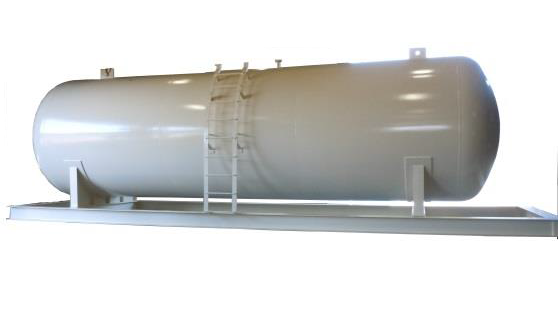
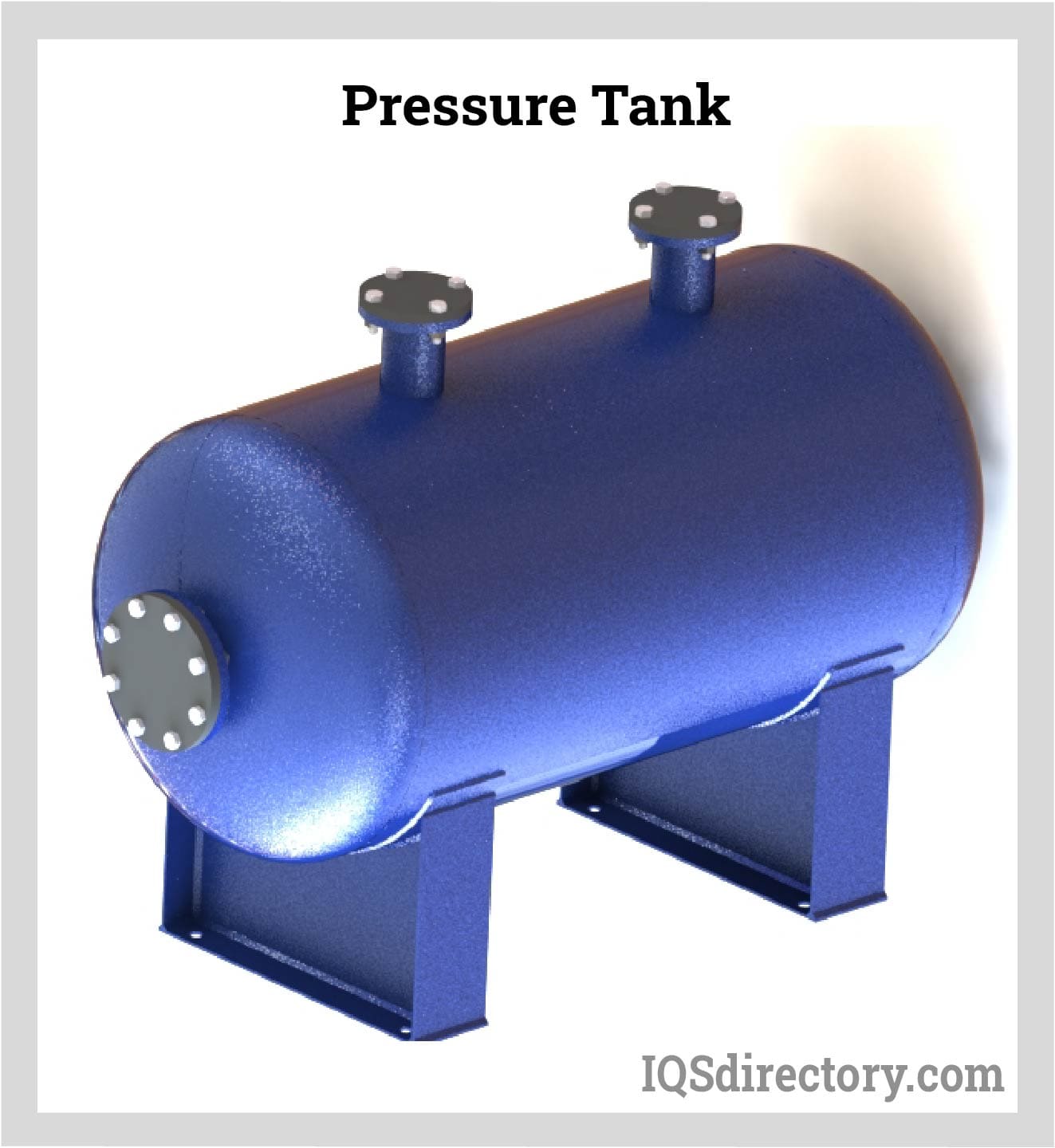
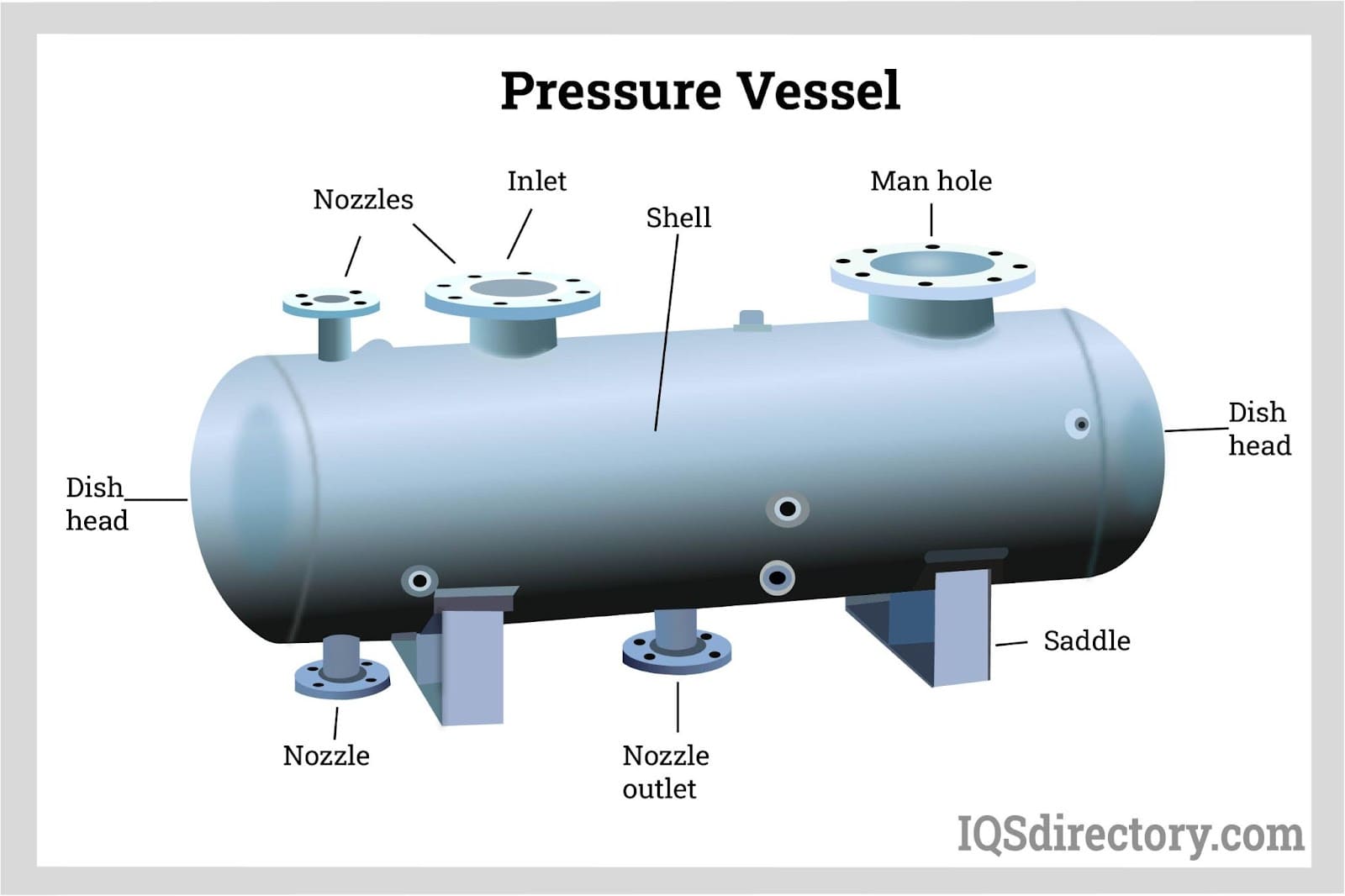
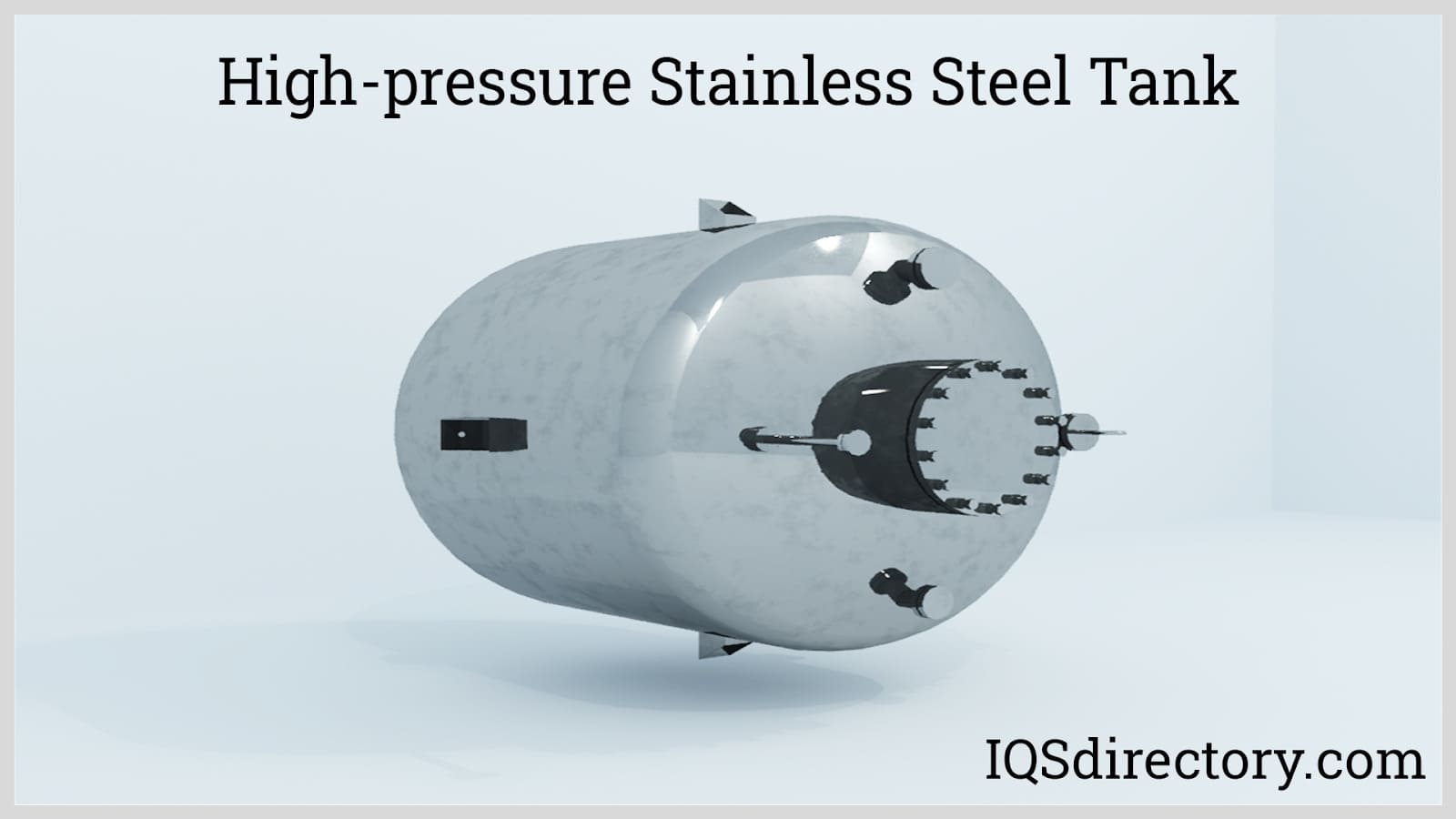
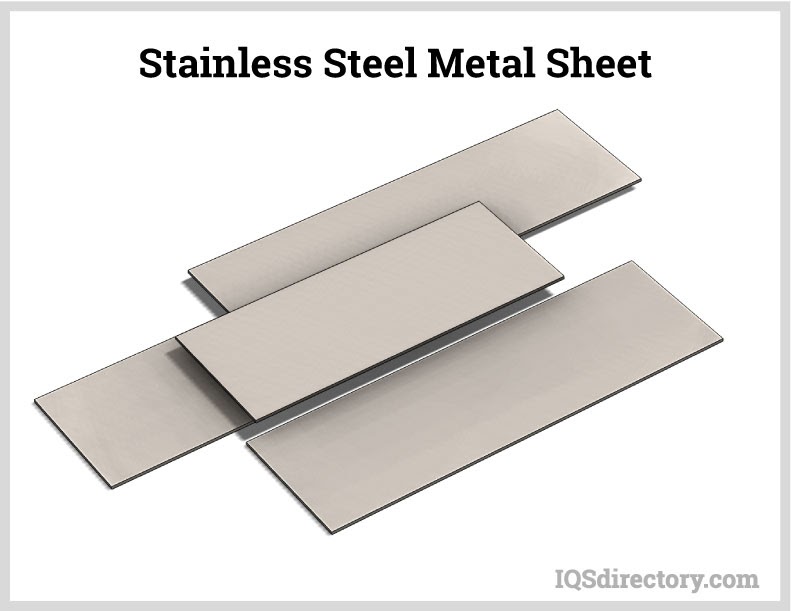
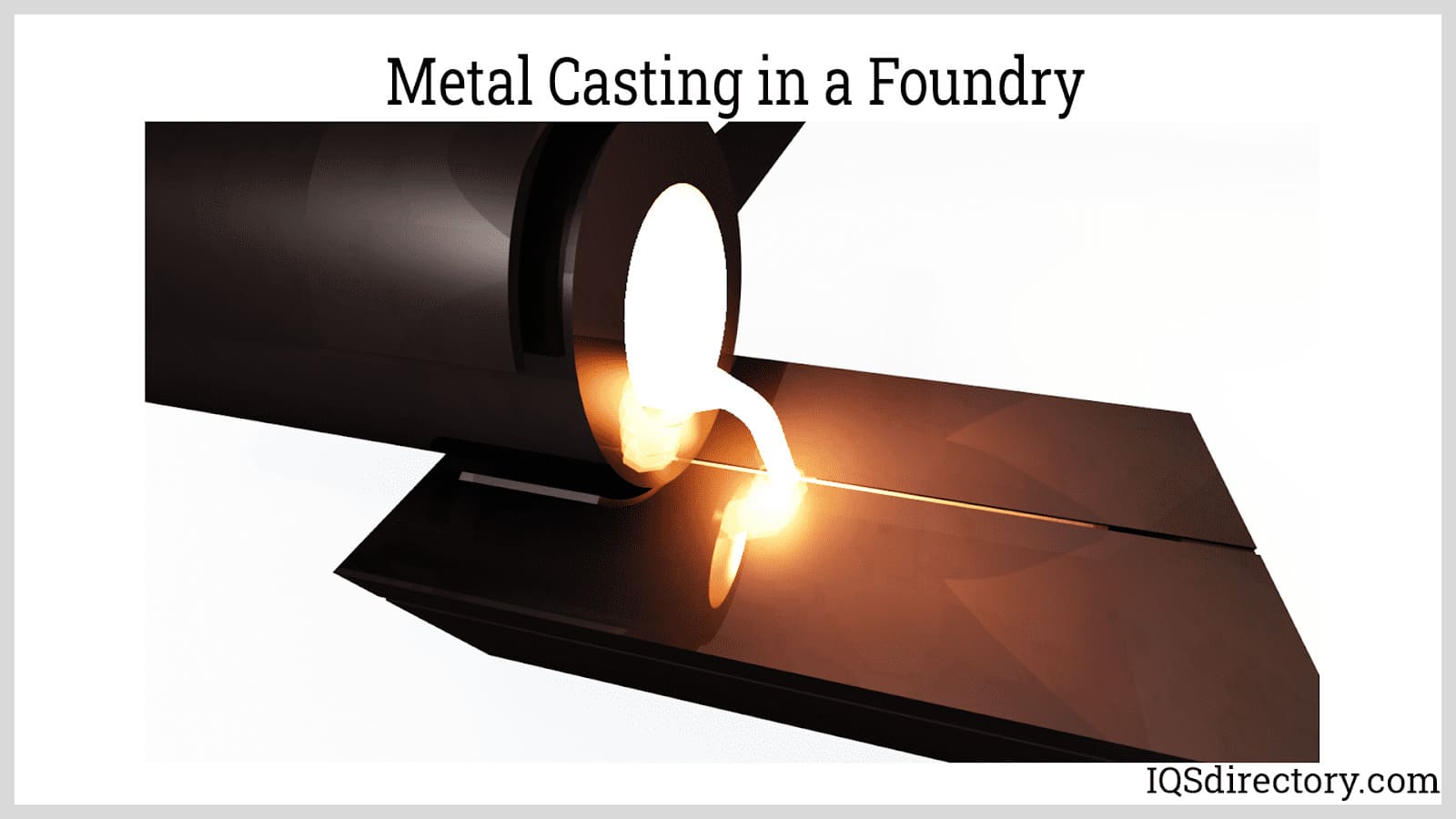
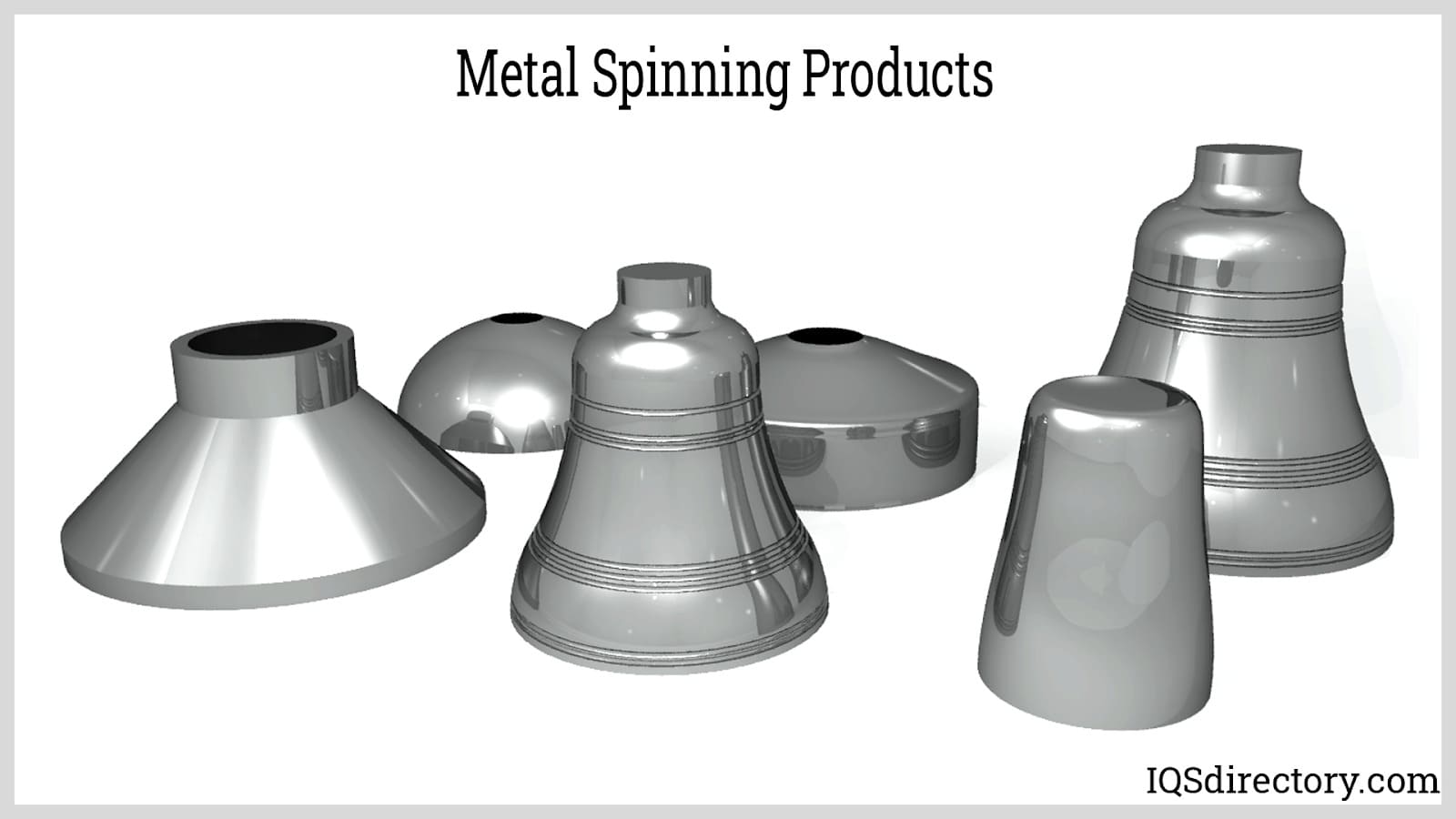
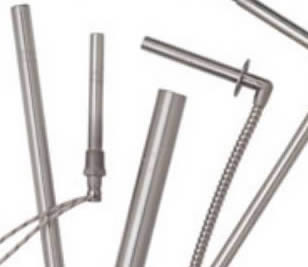 Electric Heaters
Electric Heaters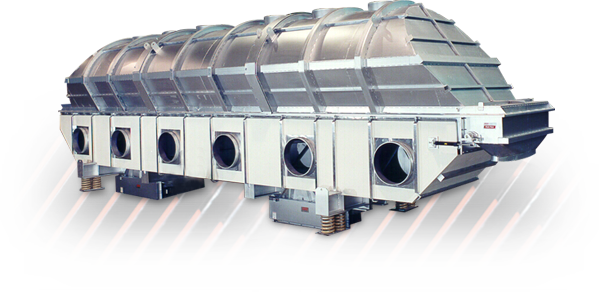 Industrial Dryers
Industrial Dryers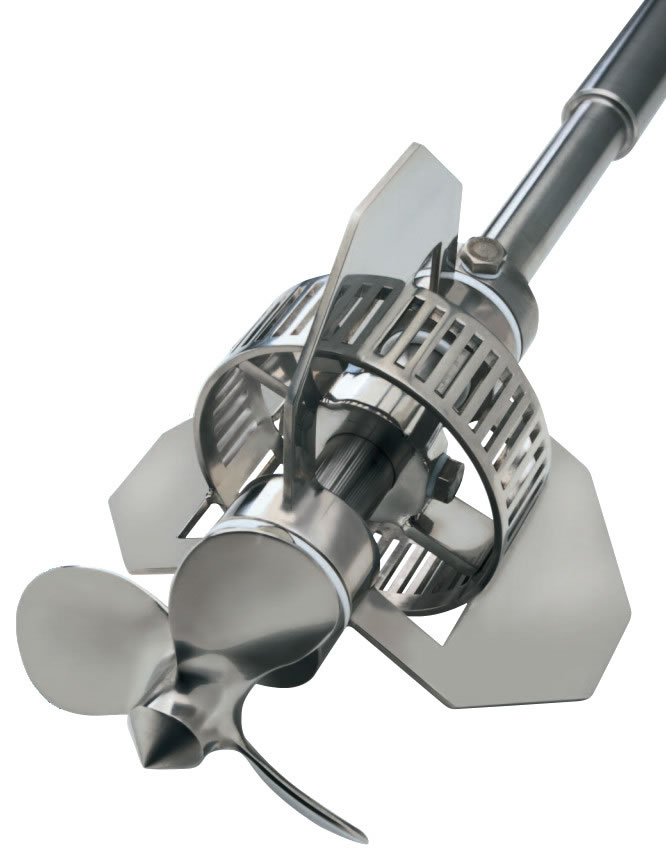 Industrial Mixers
Industrial Mixers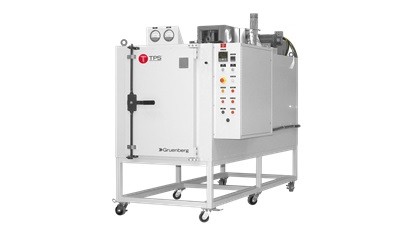 Industrial Ovens
Industrial Ovens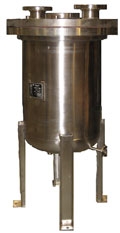 Pressure Vessels
Pressure Vessels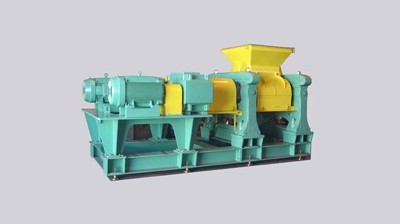 Pulverizers
Pulverizers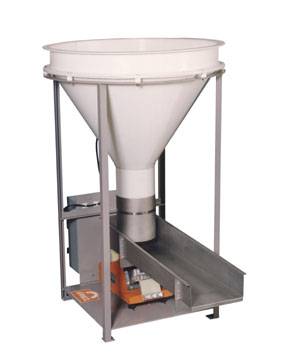 Vibratory Feeders
Vibratory Feeders Castings & Forgings
Castings & Forgings Bulk Material Handling
Bulk Material Handling Electrical & Electronic Components
Electrical & Electronic Components Flow Instrumentation
Flow Instrumentation Hardware
Hardware Material Handling Equipment
Material Handling Equipment Metal Cutting Services
Metal Cutting Services Metal Forming Services
Metal Forming Services Metal Suppliers
Metal Suppliers Motion Control Products
Motion Control Products Plant & Facility Equipment
Plant & Facility Equipment Plant & Facility Supplies
Plant & Facility Supplies Plastic Molding Processes
Plastic Molding Processes Pumps & Valves
Pumps & Valves Recycling Equipment
Recycling Equipment Rubber Products & Services
Rubber Products & Services